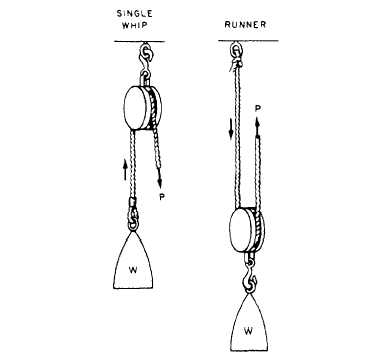
Figure 4-24. - Single-whip and runner tackle.
TYPES OF TACKLE
Tackles are designated in two ways: first, according to the number of sheaves in the blocks that are used to make the tackle, such as single whip or twofold purchase; and second, by the purpose for which the tackle is used, such as yard tackles or stay

Figure 4-25. - Gun tackle.
tackles. In this section, we'll discuss some of the different types of tackle in common use: namely, single whip, runner, gun tackle, single luff, twofold purchase, double luff, and threefold purchase. Before proceeding, we should point out that the purpose of the letters and arrows in figures 4-24 through 4-30 is to indicate the sequence and direction in which the standing part of the fall is led in reeving. You may want to refer to these illustrations when we discuss reeving of blocks in the next sections.
A single-whip tackle consists of one single- sheave block (tail block) fixed to a support with a rope passing over the sheave (figure 4-24.) It has a mechanical advantage of 1. If a 100-pound load is lifted, a pull of 100 pounds, plus an allowance for friction, is required.
A runner (figure 4-24) is a single-sheave movable block that is free to move along the line on which it is reeved. It has a mechanical advantage of 2.
A gun tackle is made up of two single-sheave blocks (figure 4-25). This tackle got its name in the old days because it was used to haul muzzle-loading guns back into the battery after the guns had been fired and reloaded. A gun tackle has a mechanical advantage of 2. To lift a 200-pound load with a gun tackle requires 100 pounds of power, disregarding friction.

Figure 4-26. - Inverted gun tackle.
Continue Reading